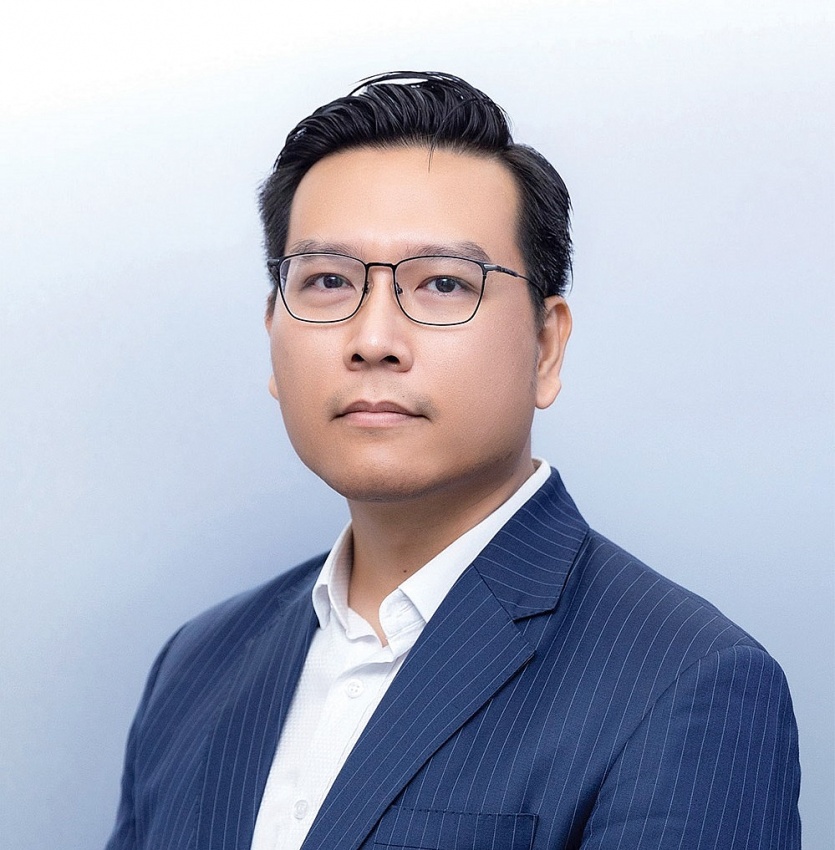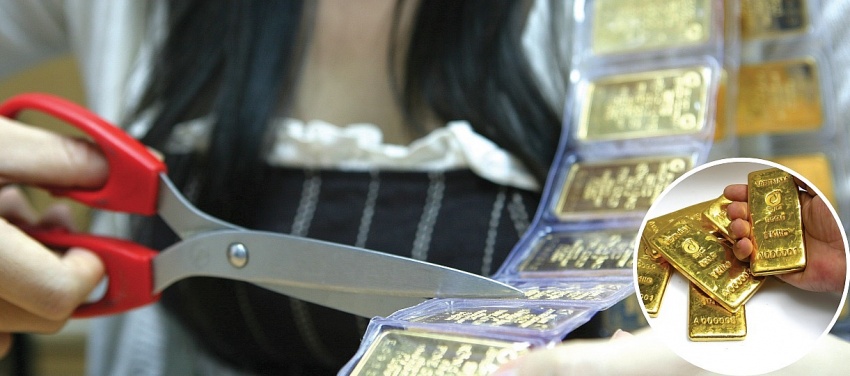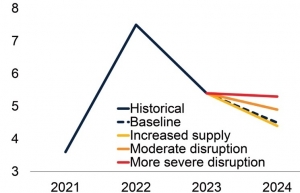Digital economy being led by real world asset tokenisation
According to a Boston Consulting Group report, the real-world asset market is projected to reach $16 trillion by 2030, equivalent to 10 per cent of global GDP. Standard Chartered forecasts that this market could double to $30 trillion in the next four years.
 |
| Dr. Pham Anh Khoi, deputy head, Fintech Committee Vietnam Blockchain Association |
RWAs are tangible assets, such as real estate, fine art, collectibles, and commodities like gold, oil, and coffee, that are tokenised and integrated into the blockchain ecosystem. They are one of four components of digital assets, alongside cryptoassets, virtual assets, and central bank digital currencies.
While cryptoassets and virtual assets may not be backed by tangible assets, and central bank digital currencies are issued solely by central banks, RWAs offer distinct advantages. They are backed by physical assets, leverage blockchain technology for fast transactions, and can be issued by various financial institutions.
RWAs enhance asset transparency, increase global liquidity, reduce transaction costs, and simplify investment diversification. By tokenising tangible assets on the blockchain, they ensure their value and offer investors greater security.
The rapid transaction speeds – nearly instantaneous without time or space constraints – allow for cross-border asset trading without the delays of traditional T+2 settlement regulations. This increases liquidity for various asset types on a global scale.
RWAs are being tested and issued by major financial institutions. For instance, the European Investment Bank has issued tokenised bonds using platforms provided by HSBC, Goldman Sachs, and others. JPMorgan’s Onyx platform facilitated over $300 billion in same-day repurchase agreements in 2023.
 |
| Real-world assets can help minimise fraud risks and enhance operational efficiency, Photo Le Toan |
In the commodities sector, Santander Bank has launched a pilot project offering capital loans to Argentine farmers backed by tokenised agricultural commodities like soybeans, corn, and wheat. Similar initiatives are underway with mutual funds, private investment funds, and deposit funds.
RWAs ensure transparency through blockchain’s immutable nature and automate administrative operations via smart contracts. This reduces intermediaries, minimises fraud risk, and enhances operational efficiency.
Tokenisation and fractionalisation improve accessibility and liquidity for high-value, low-liquidity assets such as real estate and carbon credits. Transaction costs can be as low as 1/10 - 1/100 compared to traditional fees, providing a clear advantage on the blockchain.
Digital assets, especially RWAs, present valuable opportunities for developing countries like Vietnam to tap into the global capital market. They offer efficient capital inflow channels at low costs for projects backed by tangible assets in Vietnam.
Chainalysis data, shared by a US Department of Justice representative, shows that $120 billion in cryptocurrency was transferred to Vietnam in the year up to June 2023 – nearly five times the $25 billion in foreign direct investment. However, the lack of regulatory frameworks for digital and virtual assets means this capital is not well controlled, leading to tax losses and issues like money laundering.
Implementing strict regulatory policies could redirect this capital into the economy positively. RWAs, with their asset-backed value assurance and liquidity benefits, could be among the first sectors to benefit.
Investors in digital assets and RWAs should arm themselves with knowledge about financial markets, technology, and legal aspects. Seeking expert advice, staying informed about risks and regulations, choosing reputable platforms, and having a clear investment strategy with a diversified portfolio are essential for minimising risks and maximising benefits.
 | New products could benefit in wealth asset environment Vietnam has earned a reputation for strong growth and tenacity in the face of numerous geopolitical and economic crises over the years, including a significant increase in managed wealth assets. Lina Nguyen, country business development manager of Exness Investment Bank, spoke with VIR’s Thy Nguyet about the potential of the wealth asset management market in Vietnam. |
What the stars mean:
★ Poor ★ ★ Promising ★★★ Good ★★★★ Very good ★★★★★ Exceptional
Related Contents
Latest News
More News
- KK Group opens global flagship store in Ho Chi Minh City (January 19, 2026 | 11:52)
- Gia Lai draws over $1bn in new investment so far this year (January 19, 2026 | 11:50)
- Unlocking capital flows for strategic and suitable projects (January 18, 2026 | 09:00)
- ACV begins cargo terminal construction at Danang Airport (January 17, 2026 | 15:57)
- Viettel starts construction of semiconductor chip production plant (January 16, 2026 | 21:30)
- Bel expands Vietnam production with $19.7 million investment (January 16, 2026 | 16:07)
- ASML signals long-term commitment to Vietnam (January 16, 2026 | 12:00)
- Ho Chi Minh City starts construction of four key infrastructure projects (January 15, 2026 | 17:22)
- PIDG invests with AquaOne to expand Xuan Mai’s treated water supply to Hanoi (January 15, 2026 | 11:16)
- Vietnam ranks 38th in global AI adoption (January 14, 2026 | 16:01)

 Tag:
Tag:




















 Mobile Version
Mobile Version